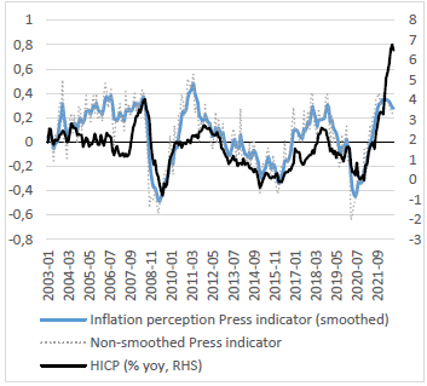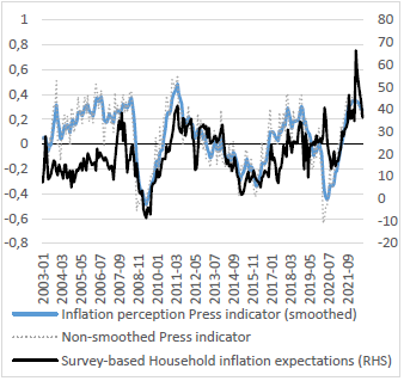Jean-Charles Bricongne is currently Deputy-Director in the Microeconomic and Structural Analysis Department in Banque de France. He graduated from the Ecole Centrale Paris, from Sciences Po Paris and holds a PhD from the University of Paris I Panthéon-Sorbonne. He previously worked as a seconded national expert on internal imbalances in the European Commission (DG ECFIN), especially on credit and housing. He was before counsellor of the General Director of Economics and Research, Head of a unit in charge of trade and competitiveness in Banque de France, and seconded expert on monetary and financial issues in the French statistical institute (INSEE). He has been a Senior Lecturer at Sciences Po Paris, an Adjunct Professor in Tours and Orléans Universities and is now an Adjunct Professor in Paris 1 Panthéon Sorbonne University. He is an associate researcher in LEO (Laboratoire d’Economie d’Orléans). He has written on various topics in applied trade analysis, globalization statistics, financial macroeconomics, housing, migrations, the links between financial and real economy, and datascience and economics.












